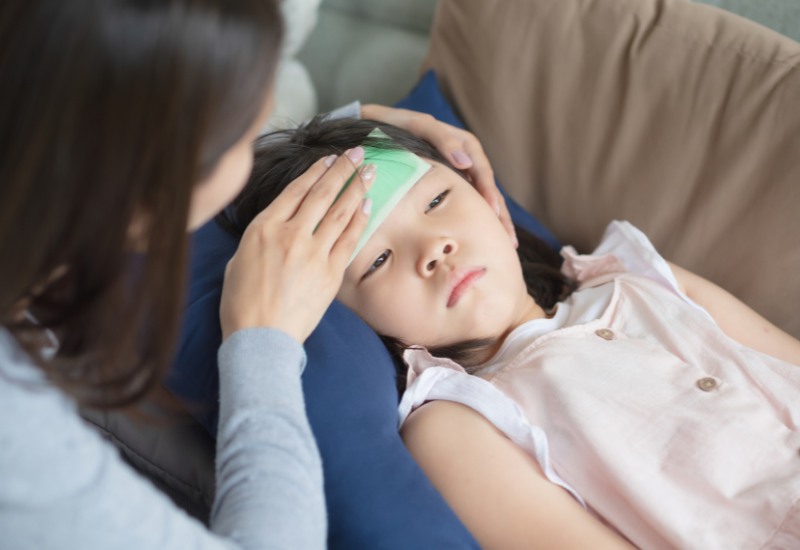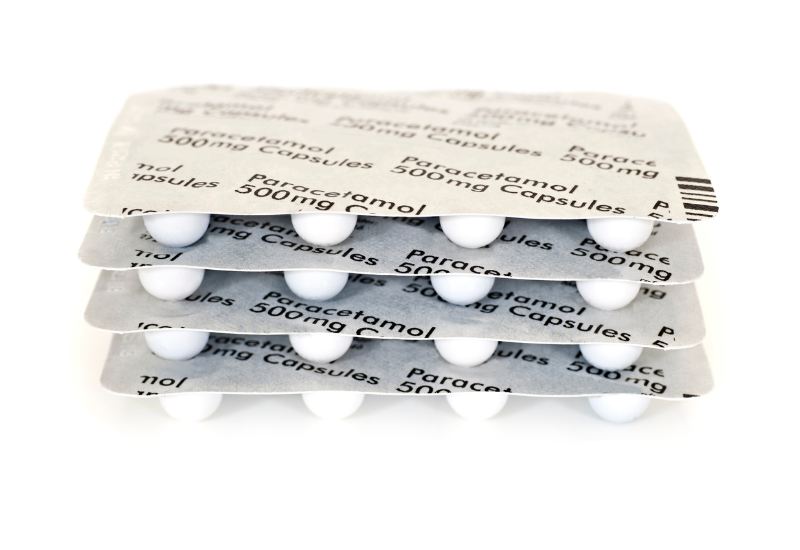Dengue fever is a prevalent infectious disease in tropical countries, including Vietnam. This infection can lead to severe complications, especially in children. Early recognition and timely treatment are crucial when a child contracts dengue fever. In this article, Thu Cuc TCI provides essential information on managing dengue fever in children to help parents effectively navigate this challenging situation.
1. Causes of Dengue Fever in Children
Dengue fever is caused by the dengue virus, which has four strains: DENV-1, DENV-2, DENV-3, and DENV-4. Infection with any of these strains can lead to dengue fever. The virus is transmitted from person to person through the bites of Aedes aegypti and Aedes albopictus mosquitoes. Specifically, when a female Aedes mosquito bites a person infected with the dengue virus, the mosquito becomes infected. The virus is then transmitted to other people the mosquito bites.
Aedes mosquitoes breed in stagnant water, particularly in containers near residential areas. The rainy season or warm and humid weather provides ideal conditions for mosquito proliferation, increasing the risk of dengue fever outbreaks. Human movement from affected areas to other regions also contributes to the spread of the dengue virus, as local mosquitoes can transmit dengue from infected individuals to healthy ones. A lack of knowledge about preventing mosquito bites and maintaining environmental hygiene also makes children more susceptible to dengue fever.

Aedes aegypti and Aedes albopictus mosquitoes are the primary vectors of dengue fever.
2. How to Recognize Dengue Fever in Children
Early identification of dengue fever symptoms is vital to ensure timely and appropriate medical care. The following are common signs of dengue fever in children:
Sudden High Fever: Children may develop a high fever ranging from 38°C to 40°C without a clear cause, lasting from 2 to 7 days.
Headache: Severe headaches, especially in the forehead, accompanied by a feeling of pressure.
Eye Pain: Pain around the eyes, particularly when moving them.
Nausea and Vomiting: Children may experience nausea and vomiting, especially in the early stages of dengue fever.
Rash: By the third to fourth day of dengue fever, a red rash may appear, primarily on the chest and upper arms, and sometimes spreading to the entire body.
Nosebleeds or Gum Bleeding: In severe cases, children may experience nosebleeds or gum bleeding due to a decrease in blood platelets.
Abdominal Pain: Pain in the lower abdomen, which may indicate increased vascular permeability and reduced blood circulation.

High fever is one of the main symptoms of dengue fever.
3. Is Dengue Fever Dangerous for Children?
Dengue fever is particularly dangerous for children because they can develop more severe complications than adults and early warning signs are often harder to detect. Some specific complications of dengue fever in children include:
– Bleeding: Signs of bleeding, such as nosebleeds, gum bleeding, or even vomiting blood or passing blood in the stool, often appear as dengue fever progresses and platelet counts drop rapidly.
– Dengue Shock Syndrome: Children are particularly susceptible to dengue shock syndrome, a severe complication of dengue fever. This occurs when plasma leakage reduces blood volume, leading to circulatory failure, low blood pressure, and, if not promptly treated, can result in death.
– Multiple Organ Failure: In severe cases, dengue fever can cause damage to internal organs such as the liver, kidneys, and heart. Symptoms of liver failure include jaundice, while kidney failure is characterized by reduced urine output and increased blood toxins.
– Severe Dengue: Children are at high risk of severe dengue, which includes symptoms such as internal bleeding, increased vascular permeability, and severe hypotension.
If parents notice one or more signs of dengue fever, especially after a mosquito bite, they should take their child to a reputable medical facility immediately for examination and timely treatment. Early diagnosis and proper management can help reduce the risk of severe complications from dengue fever.
4. How to Treat Dengue Fever in Children
When a child has dengue fever, treatment at medical facilities follows fundamental principles of symptom control and complication prevention. Here are some common treatment methods:
4.1. Close Monitoring
Clinical Monitoring: Doctors closely monitor vital signs such as temperature, pulse, blood pressure, and hydration status. These indicators help assess the severity of dengue fever and detect early signs of shock.
Blood Tests: Doctors perform blood tests to monitor platelet counts and other indicators, helping to evaluate the condition of dengue fever and detect early dangerous signs such as severe platelet reduction or coagulation disorders.
4.2. Symptom Management
Fever and Pain Management: Use paracetamol to reduce fever, headaches, and eye pain. Avoid using aspirin or other NSAIDs like ibuprofen, as they can increase the risk of bleeding.
Hydration: Ensure the child receives adequate fluids, especially if there are symptoms of high fever or vomiting. In some cases, intravenous fluids may be necessary to maintain sufficient hydration.

Use paracetamol as directed by a doctor based on the child’s condition to reduce fever and relieve headaches and eye socket pain.
4.3. Advanced Treatment
Managing Severe Cases: For children who develop complications such as dengue shock syndrome or severe dengue, treatment may include blood transfusions and platelet transfusions to address bleeding and low platelet counts.
Intensive Care: Children with severe complications need to be transferred to intensive care units to closely monitor and manage acute issues such as coagulation disorders, shock, and multiple organ failure.
Treating dengue fever requires high expertise and close coordination between doctors, nurses, and families, especially for children with an immature immune system. We hope the information provided helps parents protect their children from the dangerous infectious disease of dengue fever.








